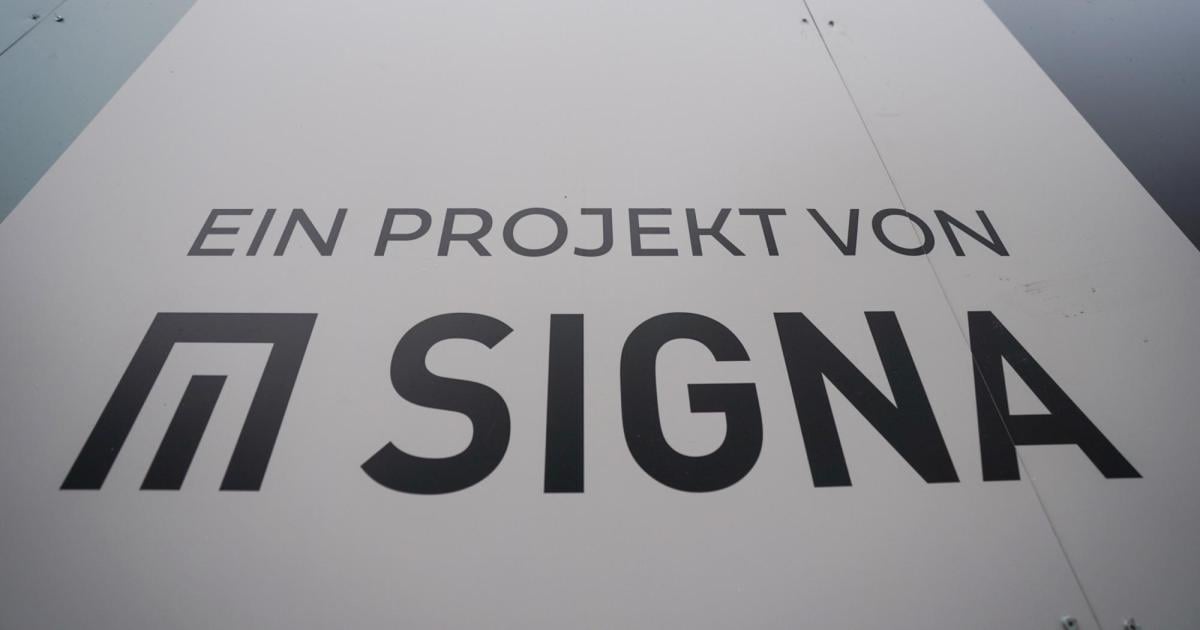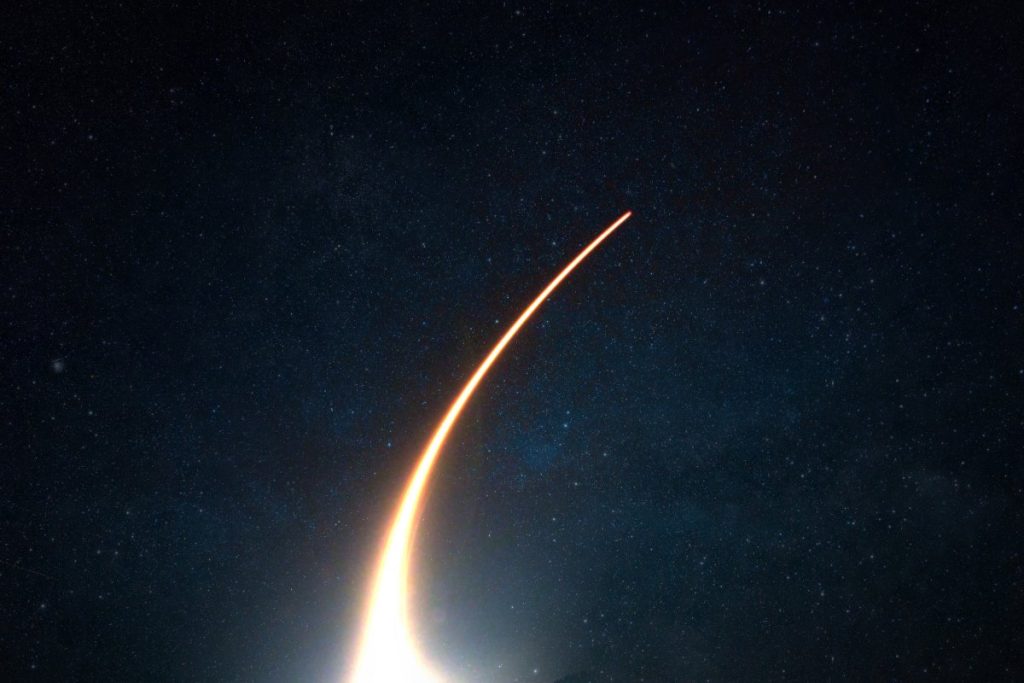The first interstellar probe could be launched in 2036, gains momentum on Jupiter after just seven months, and then exits the solar system twice as fast as the Voyager probe. These are just some of the data from a nearly 500-page concept for the “interstellar probe” that was presented to NASA a few days ago. So the probe can be accelerated to 7 AU per year (about 120,000 kilometers per hour) and, as part of the nominal mission, has moved more than 352 AU from Earth in 50 years. The original goal of 1,000 AU will be achieved after 142 years – that is, in the year 2178.
Create as a multi-generational project
right Now Study the concept presented Commissioned by the US space agency three years ago after discussing an interstellar probe there for decades. The purpose of the probe is to explore the wider region around the Sun, where the direct influence of our star has ceased, in the concept called the “Very Local Interstellar Interstellar” (VLISM).
One wants to discover what comes after the heliosphere, what it looks like, or perhaps even observe “extragalactic background light”. But the interaction of the Sun with the interstellar medium must also be explored using specially designed instruments. The two Voyager probes were not designed to explore their current environment.
Dozens of authors have studied how realistic this concept is and have come to the conclusion that such a probe could be built by 2030. From 2036 onwards, favorable launch windows will open every 13 months as the probe can blast off towards Jupiter.
It will be equipped with two radionuclide batteries, which together will produce 300 watts. A five-meter antenna will transmit 10 megabits per week to Earth from a distance of 1,000 astronomical units (about 150 billion km) – but here a sufficiently large receiving antenna network will be necessary. While the Interstellar Probe must be designed for a longevity not previously achieved, everything on Earth must also be designed as a multigenerational project in which no one will experience the beginning of the end.
The experts chose ten tools that should be taken with them. This includes analyzing charged particles, magnetic fields, plasma, as well as interstellar dust. While the Voyager probes are still exploring their current environment at the edge of the solar system with instruments that were never intended for this, things will be different with the Interstellar Probe.
The development and construction of the probe will cost about 1.7 billion US dollars, and its subsequent operation will cost about 230 million US dollars “per decade”. This information also shows that the approach and operation of such a probe will be very different from what has been the norm until now. No space probe has been active for 50 years, even if it was Voyager 1 and 2 Approach the teacher.
(mo)

“Total coffee aficionado. Travel buff. Music ninja. Bacon nerd. Beeraholic.”







More Stories
Reducing silent inflammation in the body with food
The stickleback in Lake Constance is not introduced from the outside
Blurred vision could be inflammation